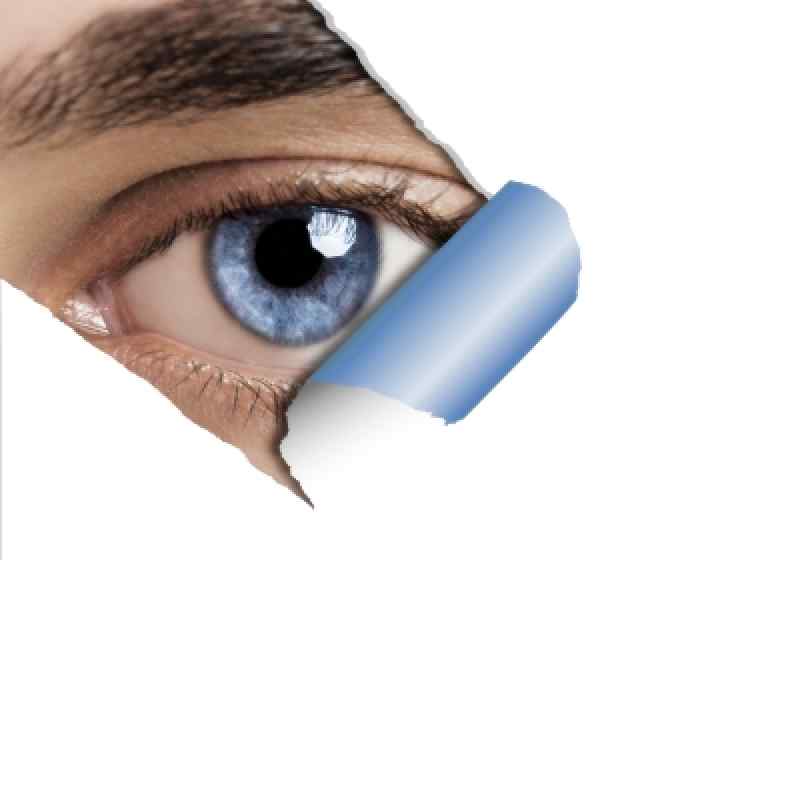Submitted by administrator on
Our contact lenses are prone to drying when exposed to air, which in turn contributes to the buildup of deposits on them.
With variable differences between materials, buildup of lipid deposits on contact lenses is affected by intermittent exposure to the air via blinks. The findings of the Canadian study may help in developing new materials less prone to drying and lipid deposition thereby increasing the chances of successful contact lens wear.
The researchers built a "model blink cell," to examine factors affecting the buildup of the fatty deposits on lenses. The model blink cell was designed to cycle contact lens materials in and out of an artificial tear solution. This solution contained trace amounts of cholesterol or other lipids naturally present in tear fluid.
Six different contact lens materials were used in the simulated blinks and eyelid motion for varying periods of time. The researchers then analyzed the effects of air exposure between "blinks" on the buildup of the lipid deposits.
For most of the materials tested, air exposure led to increased lipid deposits. Lenses that remained submerged in the artificial tear solution,were found to have less cholesterol deposited on the lenses. For another type of lipid (phosphatidylcholine), the deposition was about 40 percent greater with more intermittent air exposure.
Although no laboratory model can fully simulate the effects of real-life contact lens wear, the model blink cell does account for the drying effects of intermittent air exposure. The effects of drying on lipid deposition may be even more important with today's sophisticated hydrophobic ("unwettable") lens materials.
The aim is for a comfortable and safe wear for all contact lens users.

